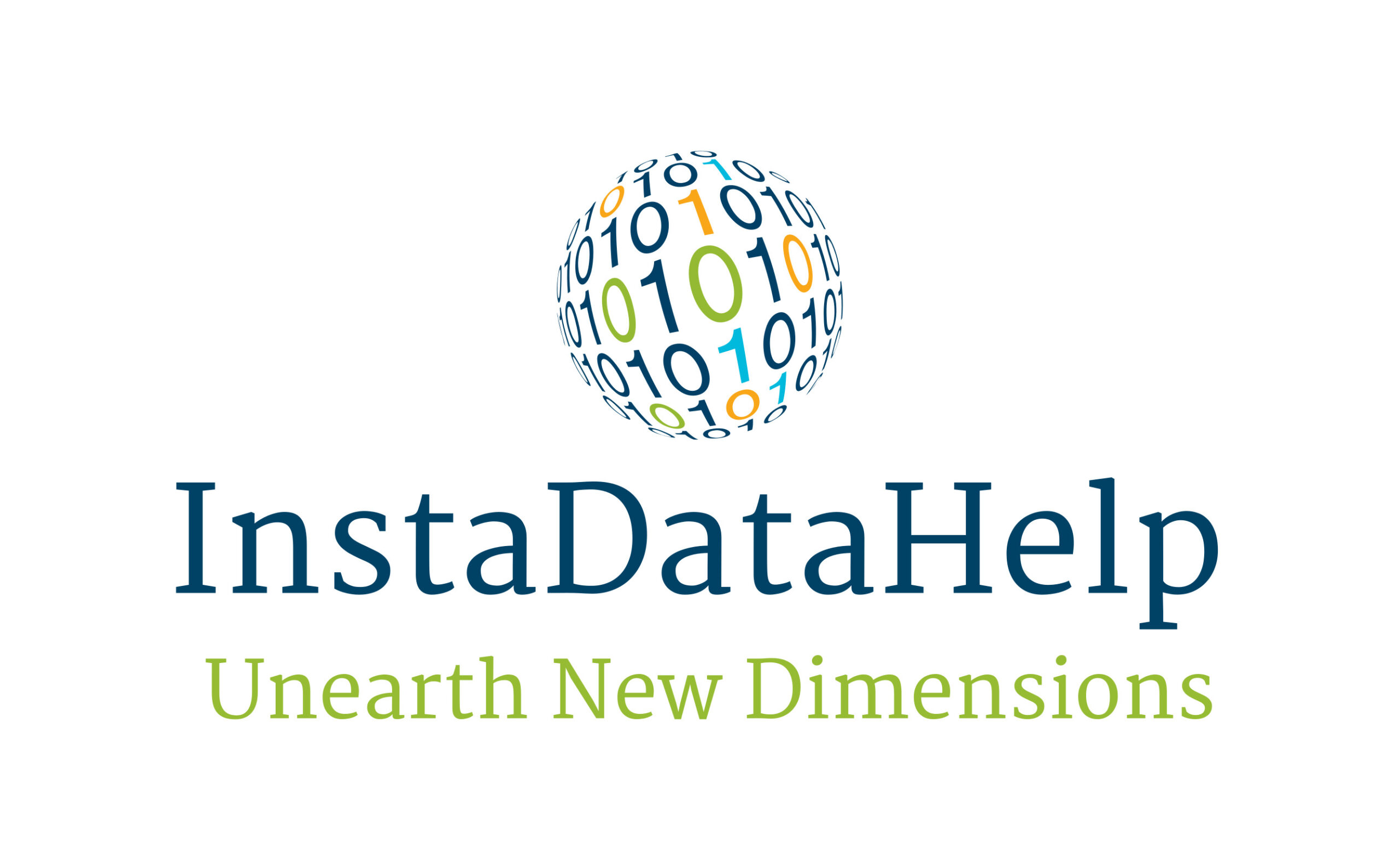Harnessing the Collective Mind: How Swarm Intelligence is Advancing Artificial Intelligence
Introduction
Artificial Intelligence (AI) has made significant strides in recent years, revolutionizing various industries and transforming the way we live and work. However, there are still limitations to AI systems, particularly in areas that require complex decision-making and problem-solving. To overcome these limitations, researchers are turning to a concept known as swarm intelligence, which involves harnessing the collective intelligence of groups to enhance AI capabilities. In this article, we will explore the concept of swarm intelligence, its applications in AI, and the potential benefits it offers.
Understanding Swarm Intelligence
Swarm intelligence is a concept inspired by the behavior of social insects, such as ants, bees, and termites. These insects exhibit remarkable collective behavior, where the group as a whole demonstrates intelligent decision-making and problem-solving abilities, despite the simplicity of individual members. Swarm intelligence leverages this collective intelligence to solve complex problems that are beyond the capabilities of individual agents.
The key principle behind swarm intelligence is the idea that a group of relatively simple agents, following simple rules, can collectively exhibit complex behavior. Each agent in the swarm interacts with its environment and other agents, exchanging information and adapting their behavior based on local cues. Through these interactions, the swarm as a whole is able to make intelligent decisions and solve complex problems.
Applications of Swarm Intelligence in AI
Swarm intelligence has found numerous applications in the field of AI, enhancing the capabilities of existing systems and enabling new approaches to problem-solving. Here are some notable applications:
1. Optimization: Swarm intelligence algorithms, such as Ant Colony Optimization and Particle Swarm Optimization, have been successfully applied to optimization problems. These algorithms mimic the foraging behavior of ants or the flocking behavior of birds to find optimal solutions in complex search spaces. They have been used in various domains, including logistics, scheduling, and resource allocation.
2. Robotics: Swarm robotics involves the coordination of multiple robots to achieve a common goal. By leveraging swarm intelligence, robots can exhibit collective behaviors such as self-organization, task allocation, and cooperative decision-making. Swarm robotics has applications in areas such as disaster response, environmental monitoring, and industrial automation.
3. Decision-making: Swarm intelligence can enhance decision-making processes by aggregating the opinions and preferences of a group. This approach, known as collective decision-making, has been used in various domains, including finance, healthcare, and social media analysis. By harnessing the collective intelligence of a group, more accurate and robust decisions can be made.
4. Machine Learning: Swarm intelligence techniques have also been applied to machine learning algorithms, enabling the development of swarm-based learning systems. These systems leverage the collective knowledge and experience of a group of agents to improve learning performance and adaptability. Swarm-based learning has shown promising results in areas such as pattern recognition, data clustering, and anomaly detection.
Benefits of Swarm Intelligence in AI
The integration of swarm intelligence into AI systems offers several benefits:
1. Robustness: Swarm intelligence allows AI systems to be more robust and resilient to failures. By distributing decision-making and problem-solving across a group of agents, the system can continue to function even if individual agents fail or are removed from the group. This robustness is particularly valuable in critical applications where system failure can have severe consequences.
2. Scalability: Swarm intelligence enables AI systems to scale up and handle larger and more complex problems. As the size of the swarm increases, the collective intelligence of the group also increases, allowing the system to tackle more challenging tasks. This scalability is crucial in domains where the complexity of the problem grows exponentially with the size of the problem space.
3. Adaptability: Swarm intelligence allows AI systems to adapt to changing environments and requirements. Individual agents in the swarm can continuously monitor the environment, exchange information, and adjust their behavior accordingly. This adaptability enables the system to respond to dynamic situations and optimize its performance over time.
4. Diversity of Solutions: Swarm intelligence promotes the exploration of diverse solutions to a problem. Each agent in the swarm may have a different perspective or approach, leading to a wide range of possible solutions. This diversity increases the chances of finding optimal or near-optimal solutions and reduces the risk of getting stuck in local optima.
Challenges and Future Directions
While swarm intelligence holds great promise for advancing AI, there are still challenges that need to be addressed. Some of these challenges include:
1. Scalability: As the size of the swarm increases, the computational and communication overhead also increases. Developing efficient algorithms and architectures to handle large-scale swarms is a significant challenge.
2. Coordination: Coordinating the behavior of individual agents in the swarm is crucial for achieving collective intelligence. Designing effective communication and coordination mechanisms that enable efficient information exchange and decision-making is an ongoing research area.
3. Privacy and Security: Swarm intelligence relies on the exchange of information and collaboration among agents. Ensuring the privacy and security of sensitive information in a swarm-based AI system is a critical concern that needs to be addressed.
Conclusion
Swarm intelligence offers a promising approach to enhance the capabilities of AI systems by harnessing the collective intelligence of groups. By mimicking the behavior of social insects, swarm intelligence enables AI systems to solve complex problems, make intelligent decisions, and adapt to changing environments. The integration of swarm intelligence into AI has the potential to revolutionize various domains, from optimization and robotics to decision-making and machine learning. However, there are still challenges to overcome, such as scalability and coordination. With continued research and development, swarm intelligence has the potential to unlock new frontiers in AI and drive further advancements in the field.


Recent Comments